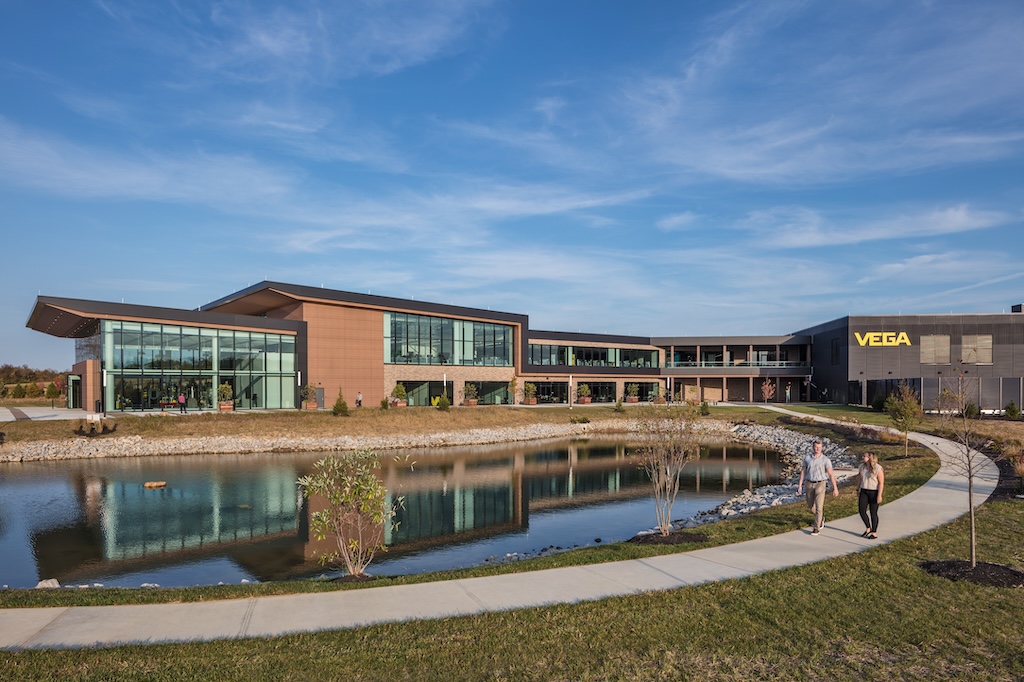The word “maintenance” is typically associated with negative connotations. Whether the word makes one think of a broken machine or a repair need, it is clearly linked with negativity and pessimism. On the contrary, maintenance is defined as “the work of keeping something in proper condition; upkeep.
The word “maintenance” is typically associated with negative connotations. Whether the word makes one think of a broken machine or a repair need, it is clearly linked with negativity and pessimism. On the contrary, maintenance is defined as “the work of keeping something in proper condition; upkeep.” Thus, maintenance is much more important than many people realize.
Varying approaches
In an effort to view maintenance as a positive activity, it is important to see it as a profit center instead of a cost center. A cost center approach is strictly concerned with adhering to the budget and decreasing expenses as much as possible. In contrast, the profit center model realizes that investment and operating costs can be allocated to improve efficiency. This increased efficiency naturally results in higher profits.
Maintenance is the backbone of any organization where equipment must be maintained — whether it is a manufacturing plant or a utility company. With a CMMS in place, maintenance can save time and money for a number of industries.
It is clear that companies must take a profit center approach to maintenance. Companies can turn maintenance into a profit center in numerous ways. One such way is through “product quality with zero error.”
Just as professional athletes must train to keep their bodies in excellent shape, this approach stresses keeping the machinery and facilities in the best possible condition. Thus, producing higher quality products will lead to a lower return rate. Typically, profits will increase.
Another way that companies can turn maintenance into a profit center is through “Overall Equipment Effectiveness.” OEE consists of three factors: availability, utilization and quality rate (see sidebar).
Another example of how companies can turn maintenance into a profit center is through preventive maintenance. Take a hypothetical plant where $1,000 is lost for every hour of downtime. Since it is not uncommon for equipment to be down for a few weeks each year, assume 100 down hours per year.
In this example, the company loses $100,000 in the 100 hours of downtime. Multiply that by the number of machines per plant or facility, and the number could be staggering. If appropriate PM was in place, downtime would be minimized and a great deal of money would be saved. This is exactly how maintenance is turned into a profit center.
How can CMMS help?
CMMS can be used to ensure the high quality of both equipment condition and the output. Not just a means of controlling maintenance, it is one of the primary tools that improve the productivity of maintenance. The benefits of using a CMMS include increased labor productivity, increased equipment availability and longer equipment life.
Of these, one of the most significant is increased labor productivity. If the system provides an employee with a planned job, the procedures, needed parts and tools, the employee will be able to work without interruptions. They will also work more safely, since job plans would include all safety procedures.
The tangible benefits of a CMMS include reduction in overtime, reduction of outside contract work, reduced maintenance backlog, reduced cost per repair, improved morale, better service, less paperwork and a reduction in supervisor follow-up.
Users will also see reduced inventory costs and better documentation of safety and compliance issues. Preventing accidents and injuries as a result of proper procedures, documented by CMMS, can save companies a significant amount of money.
While many companies simply view maintenance as an added expense (or a cost center), maintenance should instead be thought of as an important investment in a company’s future. CMMS offers a number of benefits, the greatest being that it helps cope with downsizing and increases efficiency.
Author Information
Kris Bagadia is president of
Components of OEE
Availability : The percentage of time that a machine is available for production.
Utilization : Essentially, the rating of a machine, provided by the manufacturer. It provides the customer with a design specification rating for the machine.
Quality rate : How good the final product is. Out of every 100 items produced, it reveals how many meet company standards of approval for distribution or sale.
Unfortunately, North American companies average an OEE of only 40%, which is less than half of what world-class standards consider acceptable. Whereas many companies simply buy newer machinery, it is much more cost effective to maintain the equipment you currently have. Higher OEE means higher machine capacity, which in turn means higher output, leading to increased sales capacity. This is a good example of how maintenance can be turned into a profit center.



